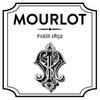The Mourlot Family
-
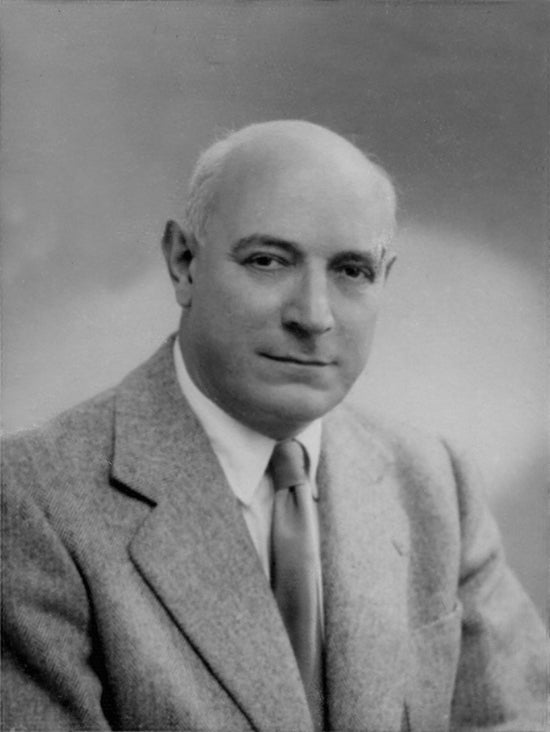
Fernand Mourlot
1895, Paris
-
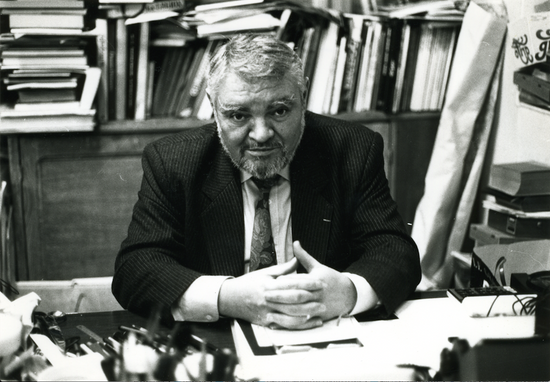
Jacques Mourlot
1933, Paris
-
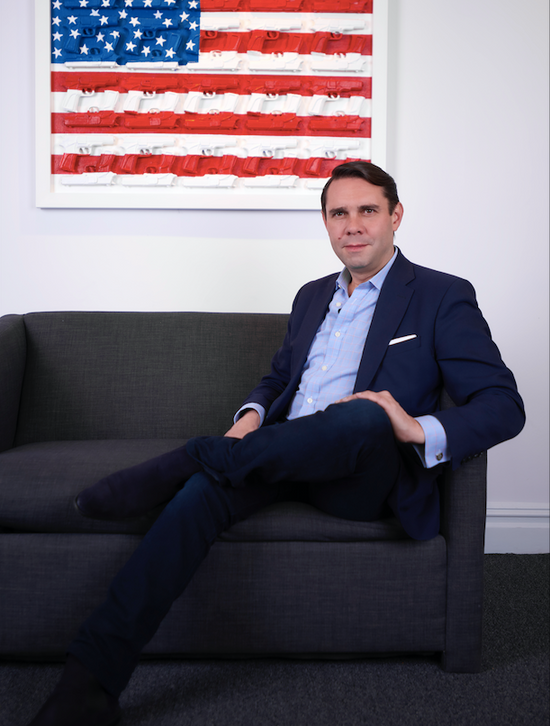
Eric Mourlot
1970, New York City
Our History
About
For onwards of 152 years, Fernand Mourlot has been synonymous with the resurgence of lithography – a process which under his influence, attracted the greatest artistic masters of our time. The medium provided a new avenue of expression, a new realm of possibilities for the likes of Picasso, Matisse, Chagall, Miró, Braque, Dubuffet, Léger, and Giacometti to enrich their own work as well as fine art in general. Under the guidance of Mourlot, modern lithography developed a personality and discovered a future.
With a lithograph printshop on the rue Chabrol, one of the most popular neighborhoods in East Paris, the studio focused largely on commercial work and theater and cabaret posters. While Mourlot already had a name in printing before the outbreak of the First World War, it wasn’t until the Delacroix Exhibition in 1930 that one of the most important features of Fernand Mourlot’s domain was revealed, the art poster. Per Mourlot’s ingenuity, the exhibition poster was prepared and produced as a work of art in its own right for the first time.
In addition, Mourlot cultivated the lithograph as a painter’s medium. Initially limited to illustration, the lithograph was invented by Aloys Senefelder at the end of the 18th century. Although immediately accepted in the highest critic’s circles, the medium did not flourish until its adaptation by Cheret, Lautrec, Bonnard, and Vuillard who found a unique form of expression in its’ modern technique and bold colors. Fernand Mourlot identified this niche and employed its evident popularity by inviting artists to work directly on the stone, as if creating a poster. The first painters to create lithographs at the Mourlot Frères studio were Vlaminck and Utrillo, and for many years they would be the only ones. Further, he experimented with lithographic inks and colors, carefully dosing the varnishes and essences, and analyzing the resistance of the resulting tones to the effect of light.
In 1937, the studio created two posters (based on paintings by Matisse and Bonnard) for the Maitres de l’Art indépendant exhibition at the Petit Palais. The posters were of such excellent quality that it was clear they had attained the height of printing mastery. In the same year, the studio began a fruitful collaboration with the editor Tériade, founder of the legendary review Verve. It was then that Mourlot assisted Matisse, Braque, Bonnard, Rouault and Miró in the creation of important lithographs for the six editions after the Second World War.
"Among all the different techniques for illustrating text, the lithograph is perhaps the one that best complements poetry." - Paul Valéry
While some of the most beautiful art books by modern painters were produced on the rue Chabrol; the lithograph would remain an art form for initiates, not reaching its full embodiment until after the liberation.
In 1945, Pablo Picasso walked into the Mourlot studio. With his graphic genius and prodigious inventiveness, Picasso proceeded to lend a new dimension to the lithographic process as well as his own art. “He came like he was going to battle,” Mourlot remarked, a battle that would last four months and be repeated at different points during the next several years. A corner of the studio became Picasso’s private domain and there he created nearly four hundred lithographs between 1945 and 1969. Bolstered by the press-operators Tutins and Célestin, he worked mercilessly, inventing the most complex and extravagant techniques, the inherent difficulties of which were dissolved in the man’s customary brio. Such display of artistic liberty from this period can be seen in “La Colombe de la Paix.”
The Legacy Continues…
In 1967, Fernand’s son Jacques Mourlot was designated by his father to pioneer the family name and opened a branch of the studio on Bank Street in New York City. It was here that the infamous print shop’s legacy continued, collaborating with artists such as Rauschenberg, Bacon, Lichtenstein, Calder, Kelly, and Katz to produce contemporary lithographic masterpieces. While the studio closed in 1999, the works and the process established by its inception remain accessible through Galerie Mourlot.
As a child, Eric Mourlot participated in the printing process, soon becoming enthralled with his surroundings in the printshop. It became a source of inspiration for him, quickly igniting a passion for the relationships and collaborations that took place between artists, printers, gallerists, and publishers. Today, 164 years later, Mourlot continues to promote the art of publishing and printing that his family pioneered.
Mourlot’s history denotes a relationship and connection between the process and art form of lithography with contemporary and modern art. An exchange and legacy he strives to strengthen and share by discussing and exchanging ideas surrounding art as the ultimate form of expression and an integral platform for progress and change.
Archives
-
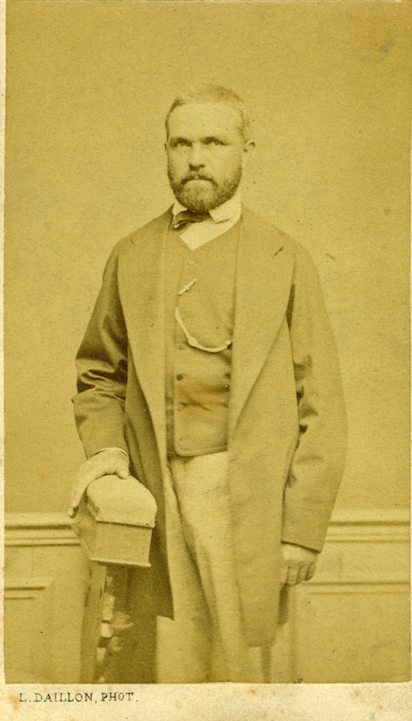
1852
Francois Mourlot opens a lithographic workshop in Paris, 1852
-
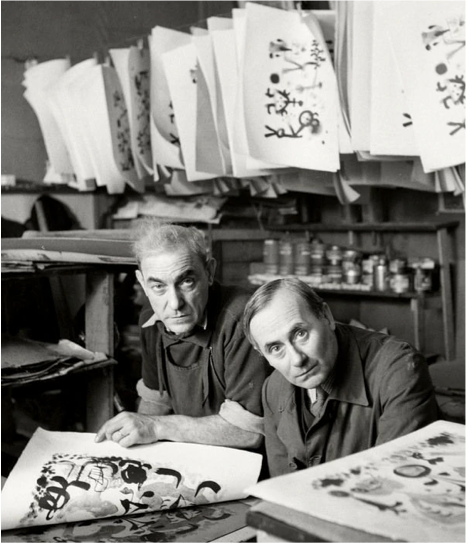
Miro at L'atelier Mourlot
-
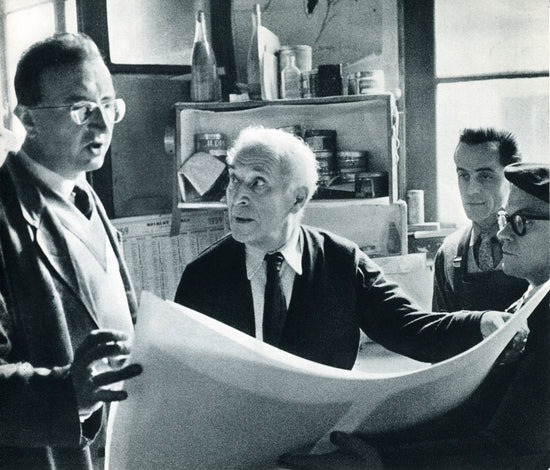
Marc Chagall at L'Atelier Mourlot
-
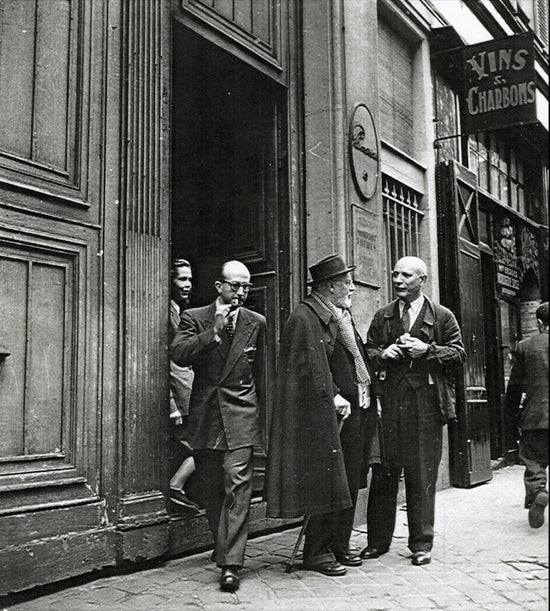
1946
Henri Matisse at L'atelier Mourlot
-
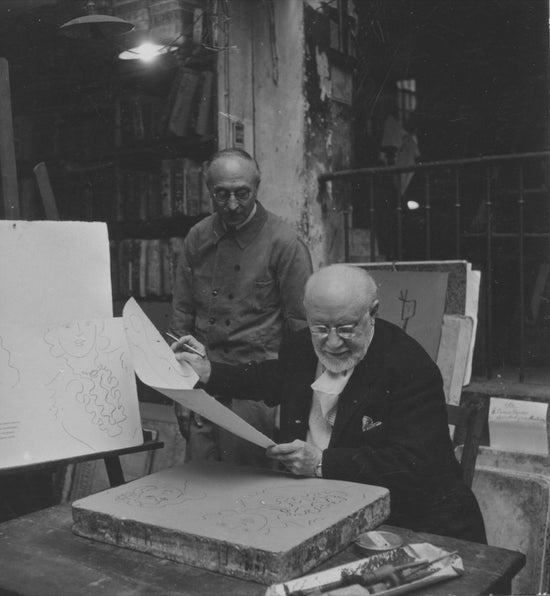
1946
Henri Matisse at L'atelier Mourlot
-
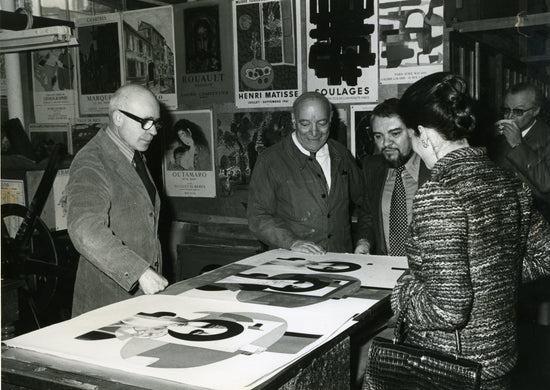
Andre Minaux with Fernand & Jacques Mourlot
-
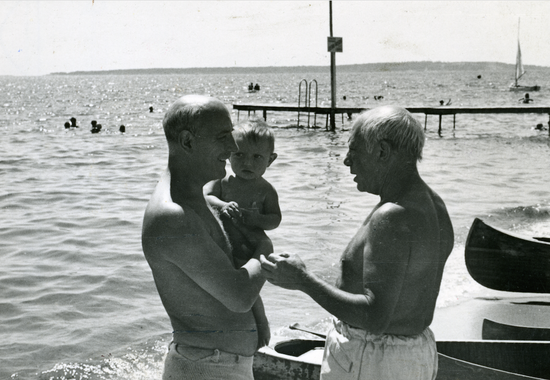
1949
Fernand & Jacques Mourlot with Picasso, Vallauris, France
-
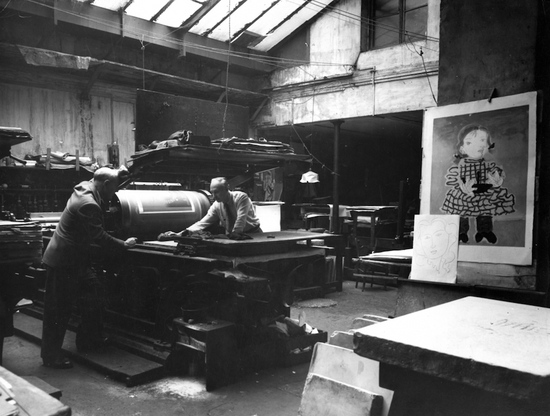
1956
L'Atelier Mourlot
-
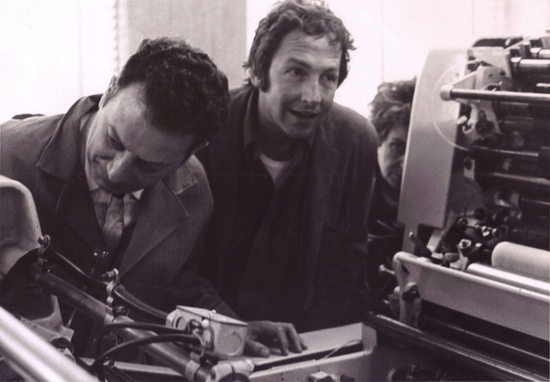
1967
Jacques Mourlot is designated by Fernand to pioneer the family name and business in New York, USA
-
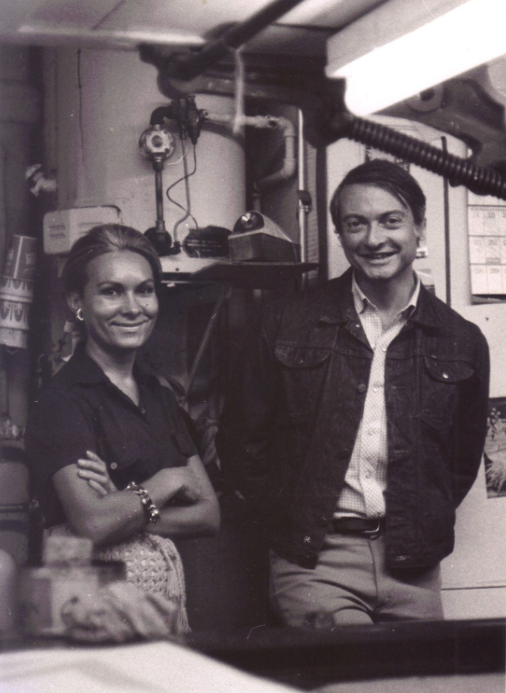
1969
Jacques collaborates with Ellsworth Kelly, Roy Lichtenstein, and Claes Oldenburg at the New York print shop
-
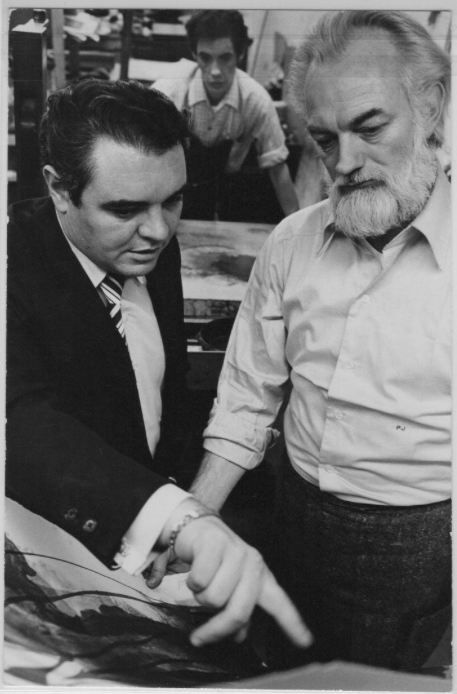
1970
Jacques continues to build the family legacy and studio in the US, working with James Rosenquist, Ben Shahn, Alex Katz, Larry Rivers, and Lee Krasner
-
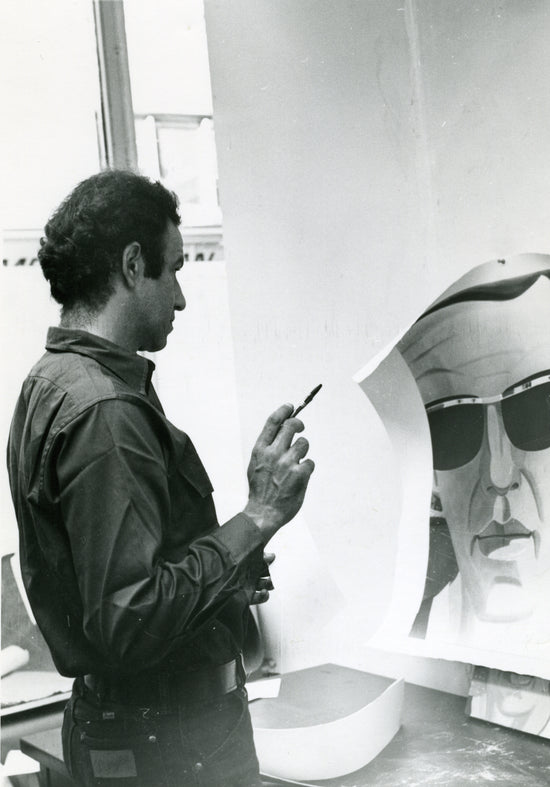
1971
Alex Katz working at L'atelier Mourlot, New York
-
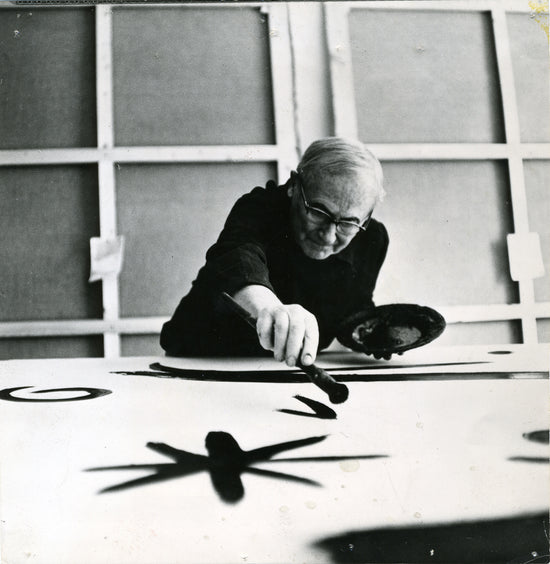
1973
Joan Miro at L'atelier Mourlot
-
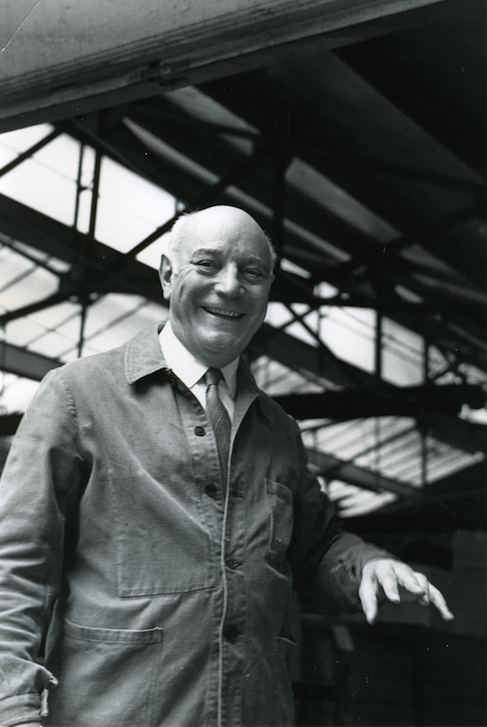
1976
Fernand Mourlot, Paris
-
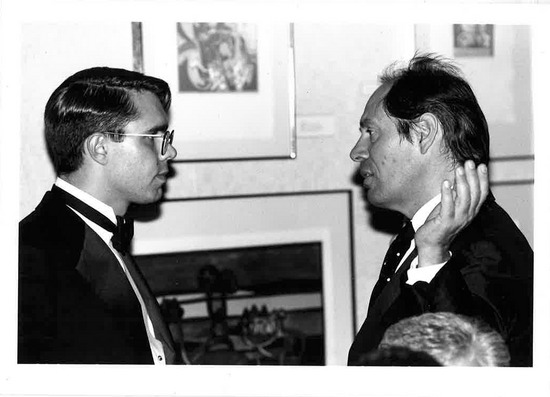
1991
Eric Mourlot with Claude Picasso at the opening of Galerie Mourlot on Newbury Street in Boston
-
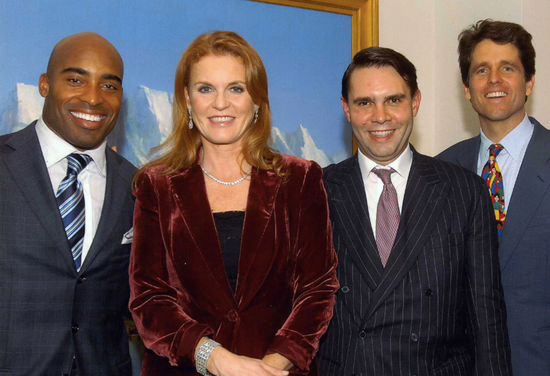
2005
Galerie Mourlot moves to New York City, NY
